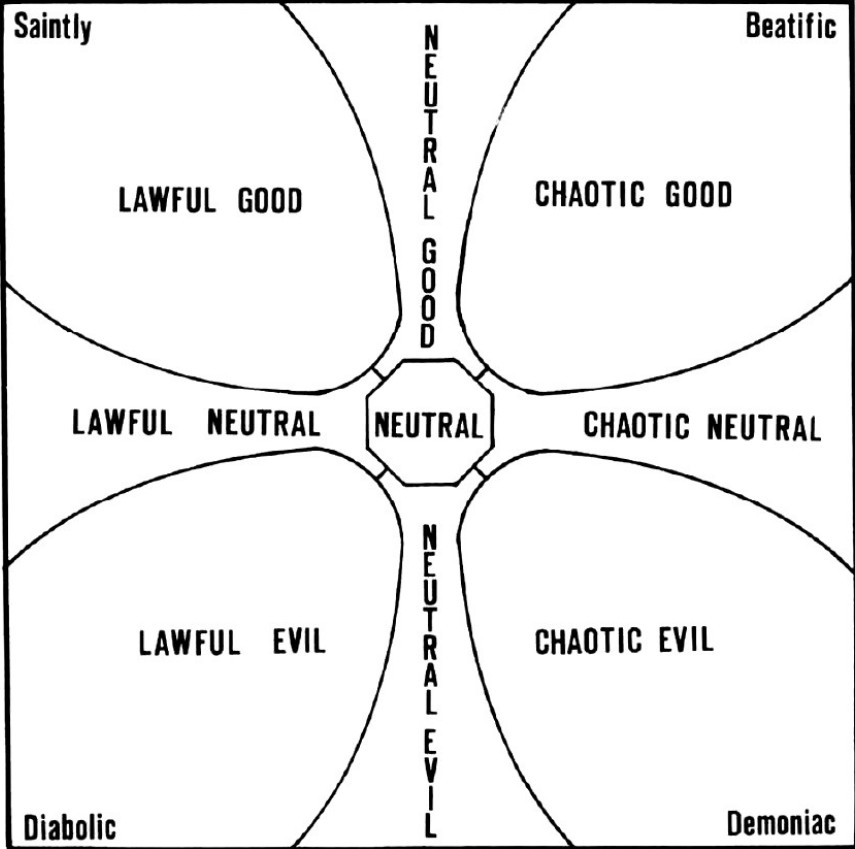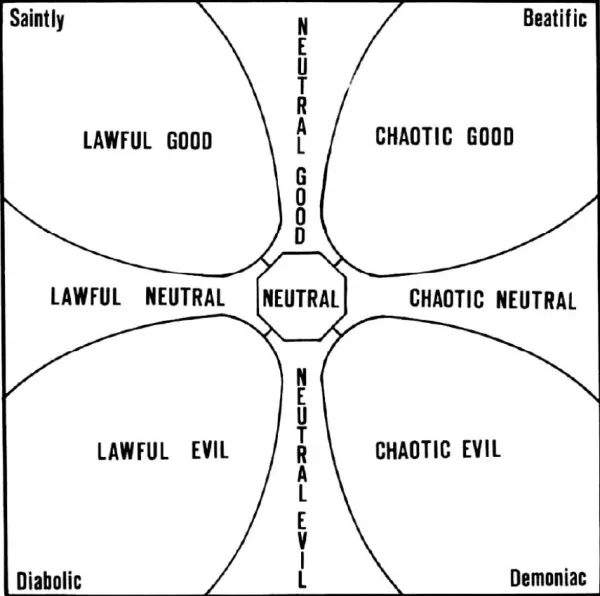
What Are D&D Alignments Anyway?
Whether you’re a seasoned pro or a total newbie, the alignment chart is a valuable resource.
In short, it’s nine moral archetypes that you can use to help guide your character’s motivations and choices during the campaign.
This helps you establish both who your character is as an individual, and bring unique conflicts within the party.
The lawful good paladin probably won’t have the same outlook on a situation as the chaotic neutral rogue. So, from staunch rule followers to baby-eating monsters, here is your guide to the nine alignments.
1. Lawful Good

“The ‘Amazing’ can only be created by facing fear, risk, and failure during the process.” -Superman
The Lawful Good alignment is a lot of what it sounds like. Characters that fall in this alignment believe that the best way to do good is to follow the law. They will have a strong sense of right and wrong, to the point where they might refuse to act if the action will go against what their idea of right is. This alignment is typically referred to as the crusader, and most paladins and knights fall in this alignment.
Lawful Good Behavior:
- Always keeping their word
- Never betraying their allies
- Doing everything in their power to protect innocents
- Fighting for their version of what is right
- Devoting their life to a particular cause
Lawful Good Characters:
- Superman (DC)
- Captain Jean-Luc Picard (Star Trek)
- Optimus Prime (Transformers)
- Ned Stark (Game of Thrones)
- Paragon Commander Shepherd (Mass Effect)
2. Neutral Good
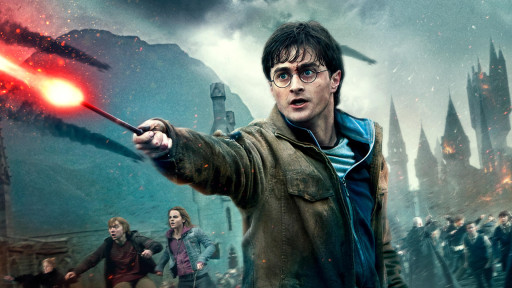
"I don't go looking for trouble. Trouble usually finds me." -Harry Potter
Those in the Neutral Good alignment are rather flexible. While they still want to do what’s right, they’re fine with breaking a few small rules to get there. That’s not to say that they’re against laws and order, but they have less of a devotion to those concepts than the lawful good. A neutral good character is happy to help out local law enforcement, as long as their perception of what is right lines up with the officers’. This alignment is known as the benefactor.
Neutral Good Behavior:
- Joining in a fight against a corrupt leader after learning of his corruption
- Changing their allegiances and feelings towards a group as they learn more about them
- A neutral good character might do anything they can to stop a murderer, but not tell the city watch about the band of poacher’s in the king’s woods
- Stealing from bandits or pirates, but refusing to take anything from an honest merchant
- Might be found living a relatively normal life, since they don’t feel the same call to action as either of the extremes of the good row
Neutral Good Characters:
- Harry Potter (Harry Potter)
- Batman (DC)
- Jon Snow (Game of Thrones)
- Thor (Marvel)
- Wonder Woman (DC)
3. Chaotic Good
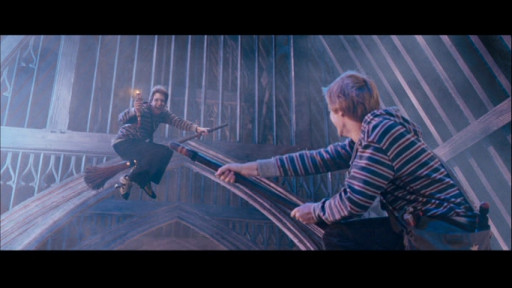
"...‘Give her hell from us, Peeves.’
And Peeves, whom Harry had never seen take an order from a student before, swept his belled hat from his head and sprang to a salute as Fred and George wheeled about to tumultuous applause from the students below and sped out of the open front doors into the glorious sunset..." -Harry Potter and the Order of the Phoenix
From rouges stealing for the poor to freedom fighters, chaotic good can be anyone who breaks the rules to do what is right. Usually anti-authority, your chaotic good character most likely won’t be getting along with the captain of the guard. Sometimes these characters can be fighting with a clear goal, such as killing a tyrant. Other times their rebellion is more abstract. They have as strong a moral compass as the lawful good alignment, but with no regard for rules and expectations. This alignment is known as the rebel.
Chaotic Good Behavior:
- Knocking out a guard to help an innocent escape prison
- Protesting on behalf of others in the face of injustice
- Stealing from a wealthy and powerful, but otherwise innocent, noble
- Living outside normal society, I.e, your chaotic good character most likely won’t be living in a 3 bedroom 2 bathroom suburban home
- Staying away from accepting any authority or responsibility themselves
Chaotic Good Characters:
- Fred and George Weasley (Harry Potter)
- Wolverine (X-Men)
- Indiana Jones (Indiana Jones)
- Sonic The Hedgehog (Sonic)
- Daenerys Targaryen (Game of Thrones)
4. Lawful Neutral
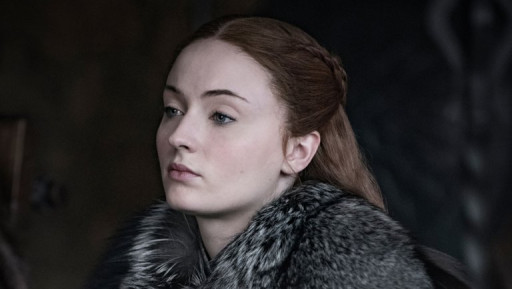
“When the snows fall and the white winds blow, the lone wolf dies, but the pack survives.” -Sansa Stark
Lawful Neutral characters might seem rather similar to a lawful good character, but there is one major difference. While the lawful good character fights for a personal cause, usually against some greater evil, the lawful neutral character doesn’t have leanings either way. They follow the law down to the letter, not letting their own beliefs and values cloud their judgment at all. Fittingly, this alignment is referred to as the judge.
Lawful Neutral Behavior:
- Allowing themselves or loved ones to be taken into custody if they believe they did something wrong
- Ignoring the suffering of lawbreakers
- Feeling as if the actions of the chaotic good and chaotic evil are as dangerous as each other
- Trying to solve problems in ways other than fighting
- Wanting all the information about a situation before making a decision
Lawful Neutral Characters:
- James Bond (James Bond)
- Garrett (Thief)
- Symmetra (Overwatch)
- Sansa Stark (Game of Thrones)
- The Qunari (Dragon Age)
5. True Neutral
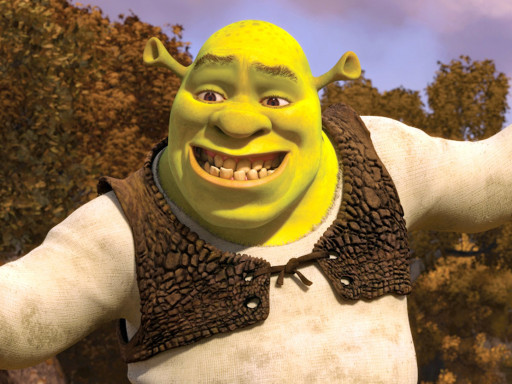
“Someday, I will repay you. Unless, of course, I can’t find you or if I forget.” -Shrek
Being in the center of the alignment chart, true neutral doesn’t feel too strongly towards any side. They don’t actively seek to better or worsen the world around them, and they typically don’t have any particular cause or driving motivation. These characters can be a good balance to a party of strong personalities and are ripe for character growth. They are known as the undecided.
True Neutral Behavior:
- Making a range of choices depending on the situation and their mood
- Often leaning more on relationships with others to guide their decisions rather than their own perception of the situation
- Running from a situation once it gets too dangerous
- Trying to stay out of conflict if possible
- Seeing an argument from both sides
True Neutral Characters:
- Shrek (Shrek)
- The Ents (Lord of the Rings)
- Tyrion Lannister (Game of Thrones)
- The Greybeards (Skyrim)
- The Outsider (Dishonored)
6. Chaotic Neutral
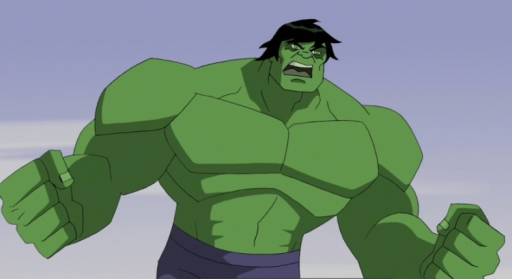
"HULK SMASH" -Hulk
Ever hear the phrase ‘devil-may-care’? That could be the subtitle for Chaotic Neutral. These characters follow their own desires and feelings with little to no regard for how it helps or hurts others. Their own happiness and wellbeing will always come first. They are against rules, government, laws, and anything else that could get in the way of their lifestyle. This alignment is known as the free spirit.
Chaotic Neutral Behavior:
- Unpredictable choices
- Looking after themselves first, people around them second
- Moving from place to place
- Rebelling against anything or anyone that restrains them
- Hurting other people if it means advancing their own interests
Chaotic Neutral Characters:
- Hulk (Marvel)
- Catwoman (DC)
- Gilderoy Lockhart (Harry Potter)
- Sera (Dragon Age: Inquisition)
- Captain Jack Sparrow (Pirates of the Caribbean)
7. Lawful Evil
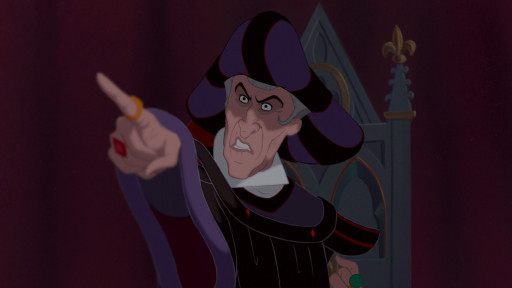
"The sentence for insubordination is death. Such a pity. You threw away a promising career." -Frollo
Lawful Evil is the reverse of Lawful Good. Where lawful good characters work within the law and their own code of ethics to guide their quest for good, lawful evil does the same for evil. These characters might believe in traits such as loyalty and follow the law, but at their heart, they have no regard for others. They tend to be more focused than lawful good, having more specific goals in mind. Lawful Evil is also referred to as the dominator.
Lawful Evil Behavior:
- They will not break their word, so they will be very careful in how they word their promises if they give promises at all
- Generally, against those they perceive as weak
- Won’t break the law or their code, even if it means letting an adversary getaway
- Very particular about the law, finding loopholes to exploit
- Value loyalty and honor, even in enemies
Lawful Evil Characters:
- Doctor Doom (Marvel)
- Frollo (The Hunchback of Notre Dame)
- Cersei Lannister (Game of Thrones)
- Darth Vader (Star Wars)
- The Templars (Assassin’s Creed)
8. Neutral Evil
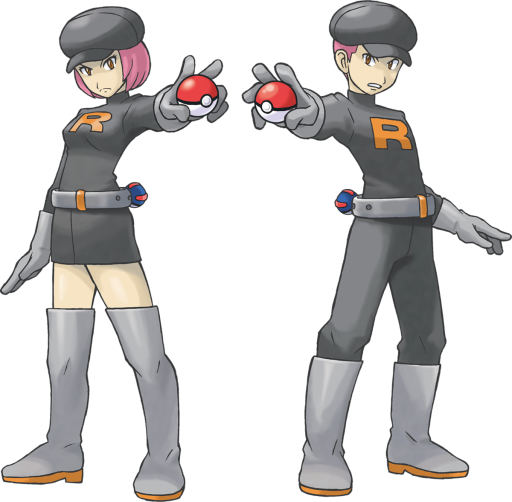
"Minimal effort with maximum profit! That's the Team Rocket way!" -Jessie
Simply put, Neutral Evil characters do evil for the sake of evil. While they might have some motivation, such as wealth or power, at the end of the day they’ll commit whatever crimes they can get away with. They don’t have the moral code of the lawful evil, nor the reckless love of chaos os the chaotic evil. Neutral Evil characters might switch allegiances if they get a better offer, and have no problems abandoning allies. This alignment is known as the malefactor.
Neutral Evil Behavior:
- All about their own goals and interests, and will partner with anyone to advance those
- Will almost always choose a selfish action and are fine with betraying any allies
- Might follow the law if they can use it to their own gains
- Can usually do well in groups, but they prefer to be their own bosses. They will mostly work in groups until it stops benefiting them.
- Fine with lying, stealing, torturing, and killing to achieve their goals
Neutral Evil Characters:
- Norman Osborn (Marvel)
- Scar (The Lion King)
- Team Rocket (Pokemon)
- Petyr Baelish (Game of Thrones)
- Peter Pettigrew (Harry Potter)
9. Chaotic Evil
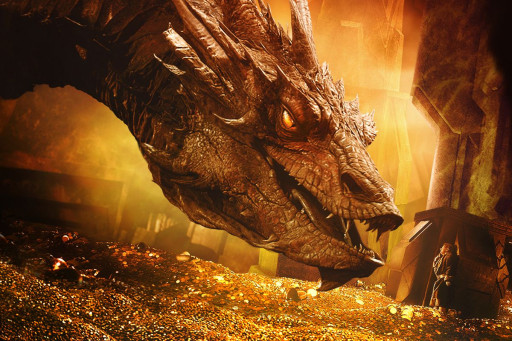
"I am fire! I am... death!" -Smaug
Those in the Chaotic Evil alignment do evil because they enjoy it. They care deeply about their own freedom and rights and are willing to do anything to protect that. They’ll break rules, steal, beat, and kill if it means achieving their own goals. These characters usually have trouble working in groups due to this ruthless nature, and their dislike of being given any sort of order. This alignment is known as the destroyer.
Chaotic Evil Behavior:
- Doesn’t play well with others. These characters will only accept absolute control.
- Not usually as calculating as the other two evil alignments. They work more on impulse than with a plan
- Rarely has true allies, more often having underlings that are loyal to them out of fear
- Sometimes they have a goal such as ultimate power, but their overarching goal is spreading chaos
- These characters will disrespect any authority that is not their own, possessing the same free spirit that the rest of the chaotic column has.
Chaotic Evil Characters:
- Vaas (Far Cry 3)
- Ramsay Bolton (Game of Thrones)
- The Joker (DC)
- Fenrir Greyback (Harry Potter)
- Smaug (The Hobbit)

